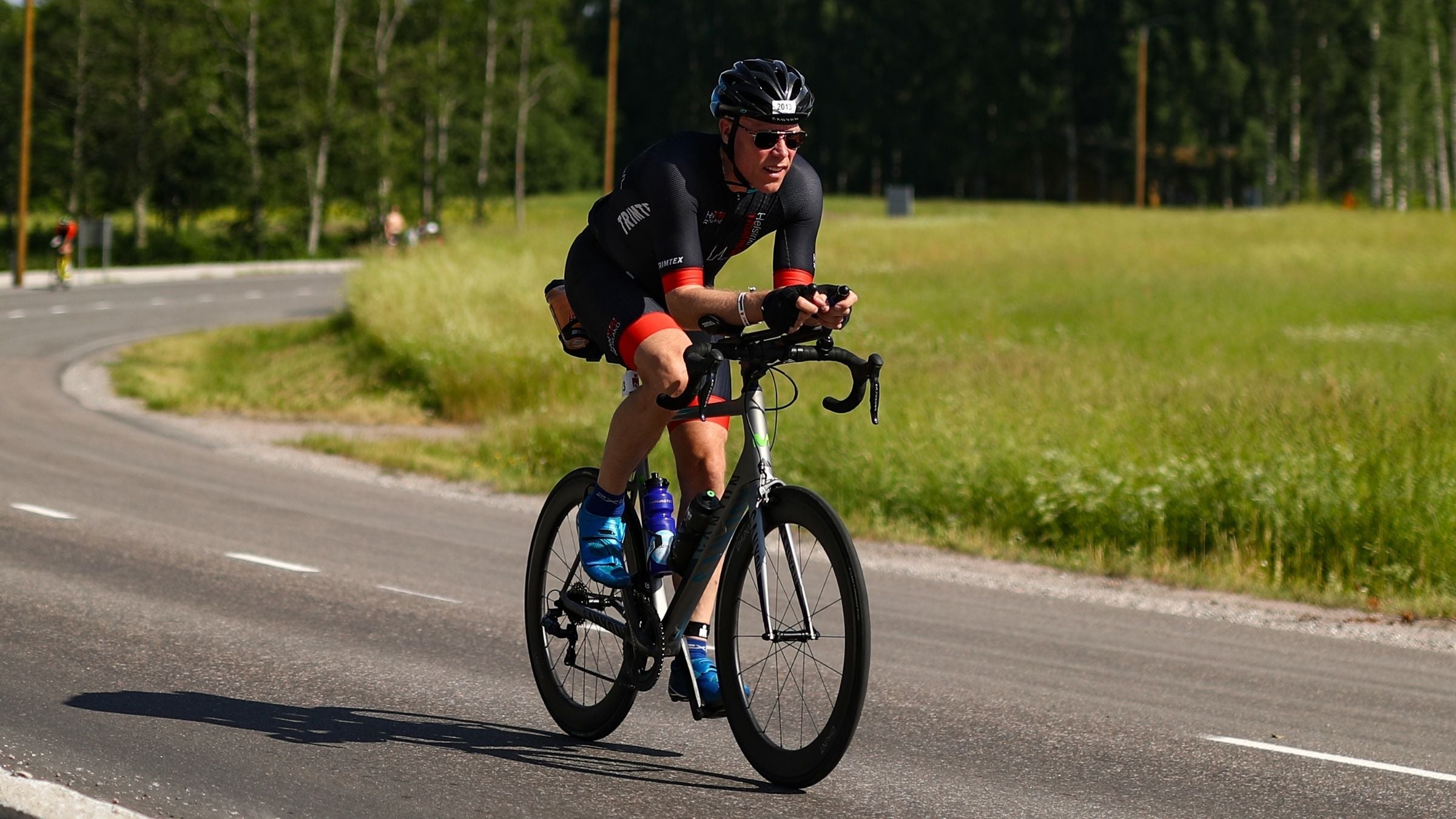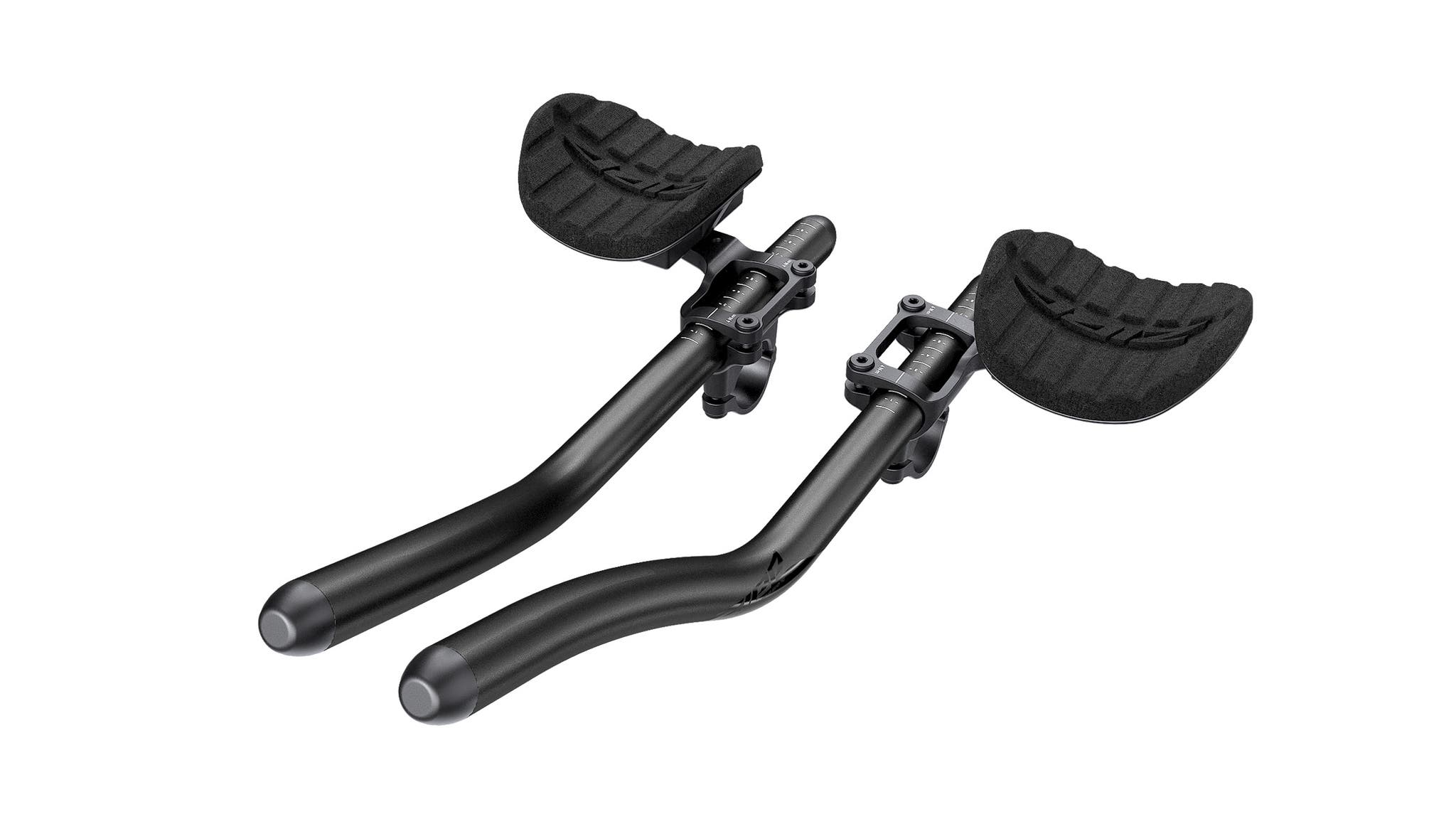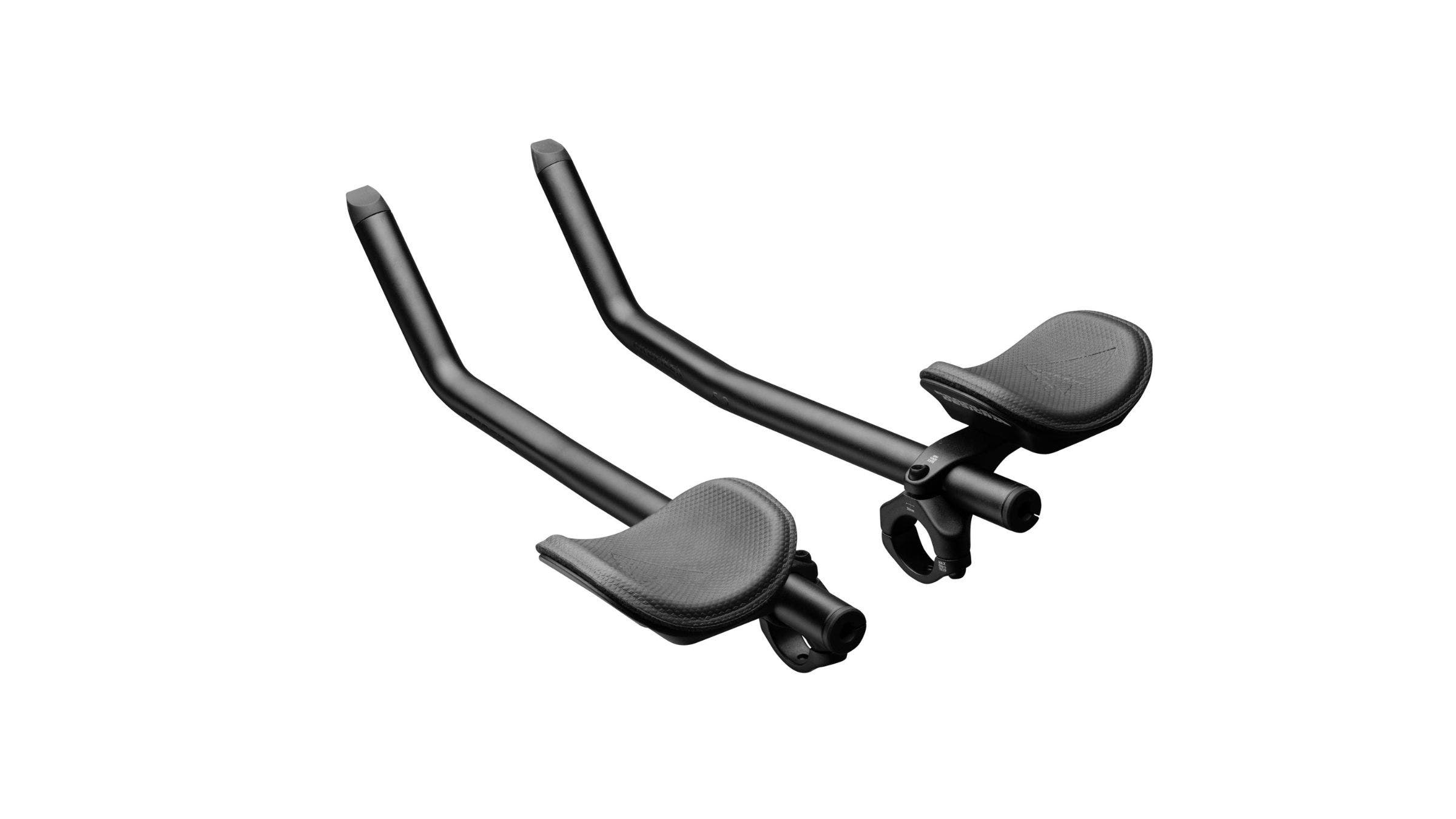Ask a Gear Guru: How Much Slower Are Clip-On Aero Bars?

(Photo: Joern Pollex/Getty Images)
Q: “I’m a competitive 25-29 age grouper who has placed in the top 10 overall in all of my races within the past two years. That being said, I just sold my tri bike and upgraded to a nicer road bike (with a power meter) to give me a little more versatility with how and where I ride. I live in the Rockies, so the road bike geometry is nice for the hills. Also, because I’m on a budget, I like the fact that I can compete in both cycling races as well as triathlons using one bike, even if that means a small increase in my bike split time because of added drag. My question is this: Can you quantify how much “slower” having standard road drop handlebars (with clip-on aero bars attached) I will be over the course of an Olympic-distance race as opposed to the typical aero tri cockpit? How much of an aerodynamic penalty will having the shifters and drops out in the wind make, and is it even statistically significant?
I should also mention that I have been fitted for both road and tri geometry bike frames. I found that with the addition of a fast forward seat post on my road bike to supplement the clip-on aero bars, I will be able to achieve the same geometry that I had on my tri bike. Knowing that body position is more critical to achieving aerodynamic benefits than having an aero bike frame, what kind of time penalty should I expect to see in my upcoming races as a result of my non-aero “converted” tri-bike with drop bars?”
RELATED: “Which Aero Upgrades Get You the Most For Your Money?”
Will clip-on aerobars make me slower?
There are some interesting elements to this, so let me start with what might be most relevant to you up front, then get into the nitty-gritty.
You said you’re a competitive age-grouper, and a relatively young one at that. I’m not sure what your goals are, but let’s look at it from an angle of trying to step up to the professional level. Depending on which direction you go, a road bike (or at least the skills of riding one) will stand you in good stead in the Olympic distance. Road bikes are the mandatory build in ITU’s draft-legal races—where you can still use clip-on aero bars. That’s not the predominant way of things in America right now, but it may become more popular over time. Either way, riding in packs and road races will give you invaluable handling skills. If you want to go far in the Olympic distance, you’ve made a very smart move.
Now let’s look at it from the least favorable situation of a non-draft event packed with super bikes. Your primary drawback in terms of aerodynamics will be your position. Even in your aerobars, you’re not going to achieve the same efficiency as your competitors. However, that’s only in terms of your position. If you go up against a similarly well-trained athlete on a time trial bike that lacks a power meter, I’d give you even odds. They may still ride faster than you, but you’ll be more consistent and go over your red line less frequently. You will be in a better physiological position going into the run.
To address the specific matter of your cockpit setup and its relative aerodynamic costs, it’s difficult to answer your question without knowing what you had on your triathlon bike and what you have now. Many typical triathlon bikes, like the old Cervelo P2 and the more affordable versions of the Trek Speed Concept have cockpits that are only slightly more streamlined than a traditional road bike with clip-on aero bars. As a rule of thumb, I’d say that if it looks the same to you, it’s likely to look the same to the air. You only really start getting significant gains when you make all the radical adjustments seen in the superbikes: hidden cables, integrated stems, recessed brakes, and aero-shaped handlebars. So are you really losing anything to a TT bike with your road bike’s handlebars and such? Not really. You’d have to go to a wind tunnel and measure bike-against-bike to know, and in the end that’s just going to be a number. The difference you’re interested in exists on the race course, and out there your legs will be an overwhelmingly decisive factor.
The bottom line is don’t sweat it. Those clip-on aero bars aren’t going to slow you down enough to matter, and by the time they do, you’ll be sponsored by someone who’ll give you both a TT and road bike. Thanks for the question and best of luck in your training and racing.
RELATED: Your Guide to Setting Up a Road Bike for Triathlon
For readers who want to ride a road bike with clip-on aero bars, we’ve got a few choice picks below, or you can check out our guide to the best clip-on aerobars.
The best clip-on aerobars for triathlon
Zipp Vuka Clip with Alumina Evo Extensions | $151

Weight: 545g
This pair of clip-on aero bars got some of the highest marks from reviewers in our Spring 2021 Clip-On Aero Bar Buyer’s Guide, mostly because Zipp clearly spent time working alongside bike fitters when designing this well-priced setup. Boasting tons of adjustability (a necessity when fitting onto a road bike), the Vuka clip can go above or below your road bars (check to be sure you have enough round pace on your bars first!) and has 70mm or 110mm rise. The S-bend also allows for greater adjustability, giving plenty of options for different wrist positions.
Read the Vuka Clip extended review
Profile Design Sonic Ergo 52a | $190

Weight: 564g
While not quite as versatile as the S-bend extensions on the Vuka clip above, this is a better choice for anyone who has limitations requiring a more comfortable position. As such, the forearm rests adjust from 60mm to 130mm of stack height through the use of spacers, the solid hardware is strong and inspires confidence, and the armrests are swappable and can be rotated 180 degrees for further flexibility. That said, the Vukas might be a better choice if you’re looking for a lower/more aerodynamic setup as these won’t go below 60mm of stack height.
Portions of text adapted with permission from Velopress.com. For more analysis on science in triathlon, pick up Jim Gourley’s book “FASTER: Demystifying the Science of Triathlon Speed.”